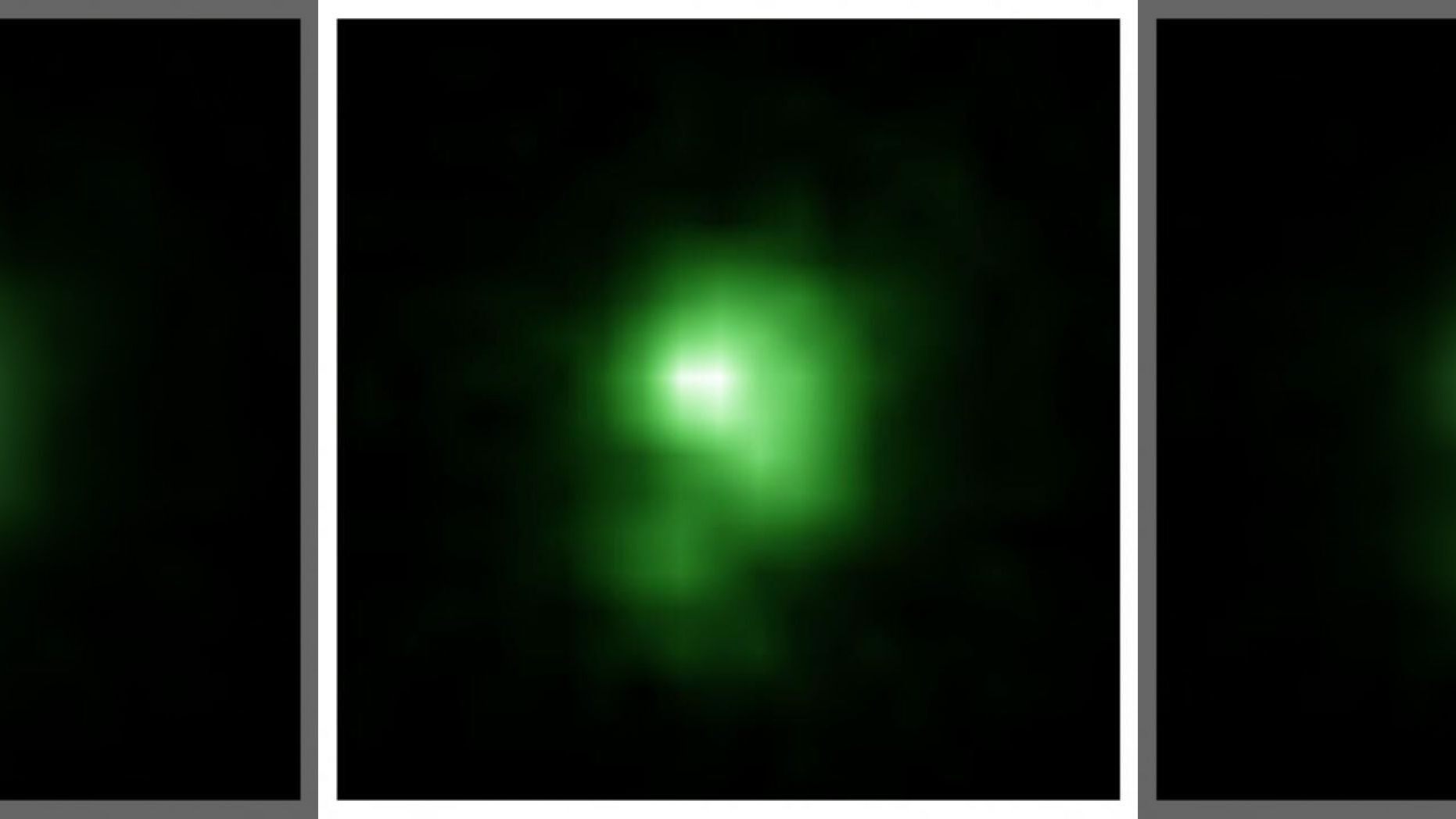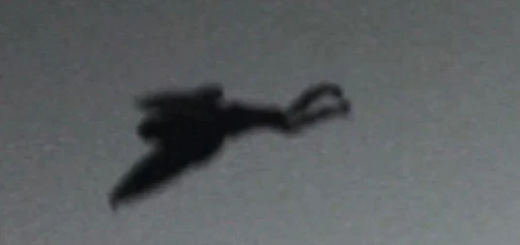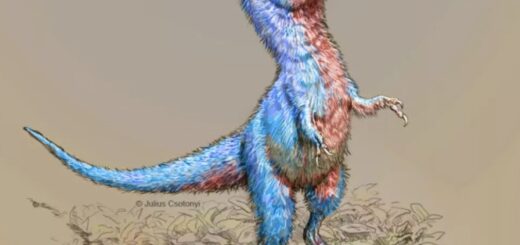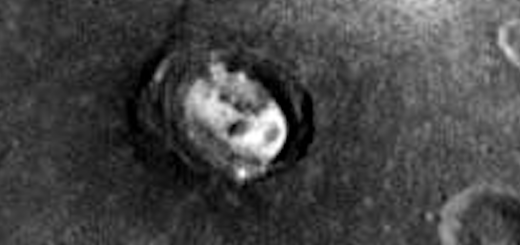Green Pea’ galaxies may explain transformation of the universe

This is a Hubble Space Telescope image of the compact green pea galaxy J0925+1403. The diameter of the galaxy is approximately 6,000 light years, and it is about twenty times smaller than the Milky Way. (NASA)
About a billion years after the Big Bang, the Universe began to heat up for a second time and hydrogen became ionized.
But what was responsible for this transformation that was critical to understanding the universe as it is today?
A new study in Nature by an international team largely confirmed what astronomers long believed – that this dramatic change was due to galaxies. Specifically, they found that dwarf galaxies – so-called green peas, low-mass compact galaxies with very active star formation – were the culprit for the event that happened about 13 billion years ago.
Related: Stars in distant galaxies found to have a pulse
“This galaxy appears to be an excellent local analog of the numerous dwarf galaxies thought to be responsible for the reionization of the early universe,” University of Virginia astronomer Trinh Thuan said in a statement. “The finding is significant because it gives us a good place to look for probing the reionization phenomenon, which took place early in the formation of the universe that became the universe we have today.”
Several hundred thousand years after the Big Bang, the universe was so hot and dense that matter was ionized instead of being in a neutral form. But 380,000 years later, the universe cooled as it expanded enough for matter to become neutral and gas clouds of hydrogen and helium to form. With help from gravity, these gas clouds grew and then collapsed to form the first stars and galaxies.
Then after remaining neutral for a few hundred million years, the Universe began to heat up for a second time and hydrogen became ionized, as it had shortly after the Big Bang, an event which astronomers call “cosmic re-ionization.”
Related: Rare galaxy with 2 black holes has 1 starved of stars
Since the ultraviolet radiation emitted by nearly formed stars contains numerous ionizing photons, astronomers long believed galaxies were responsible for this cosmic ionization. But the trick was finding evidence of this process, in which galaxies eject these photons into the intergalactic medium.
Despite 20 years of searching, no galaxy could be found that was emitting sufficient amounts of ionized radiation.
In the latest search, astronomers decided to target the “green pea” galaxies. Discovered in 2007, these galaxies appear green to light sensors and are round and compact, like a pea. They are believed to host stellar explosions or winds strong enough to eject ionizing photons.
Related: Stunning Hubble image shows two galaxies merging
Using Hubble’s UV radiation detecting capabilities, the research team found that the “green pea” galaxy J0925+1403, located at a distance of three billion light-years from Earth, was “ejecting” ionizing photons, with an intensity never seen before – nearly an 8 percent ejection compared to 1-3 percent seen in the past measured from other nearby galaxies.
They concluded the total number of photons emitted during the starburst phase is sufficient to ionize intergalactic medium material that is about 40 times as massive as the stellar mass of the galaxy, the authors wrote.
“As we make additional observations using Hubble, we expect to gain a much better understanding of the way photons are ejected from this type of galaxy, and the specific galaxy types driving cosmic reionization,” Trinh said. “These are crucial observations in the process of stepping back in time to the early universe.”
Related: Hubble spots faintest galaxy from early universe
The University of Wisconsin–Milwaukee’s Dawn Erb, in a News&Views column that accompanied the study, said the findings “broadly confirms our understanding of the general conditions that may facilitate the escape of ionizing radiation.”
But since the study involved a single galaxy, Erb cautioned more work was needed to shore up the findings.
“It is not yet clear whether or not J0925+1403 is typical of compact, highly ionized starbursts (galaxies with extremely high rates of star formation) in the nearby Universe,” she wrote. “We also do not know whether this galaxy is similar to those that reionized the Universe; its small size, high ionization state and relatively low degree of enrichment by elements heavier than helium generally match the expected properties of such objects, but none of these properties has been measured for the earliest galaxies.”
Yuri Izotov, a lead author on the study from the National Academy of Sciences of Ukraine in Ukraine, said they expect to soon show their initial findings apply to other galaxies.
“Now, we are preparing the second paper on this topic with the results for the remaining four galaxies. Before publishing of these data, I can only say that the leaking ionizing radiation was also detected in other galaxies from the sample,” Izotov told FoxNews.com in an email interview.
“We also plan to continue this study applying for the new Hubble Space Telescope observations to increase the statistics and to derive average properties of the galaxies leaking the ionizing radiation,” he said. “For the moment, we have a number of good candidates selected from the Sloan Digital Sky Survey, which contains spectra of millions of galaxies.”



 Creators of mankind
Creators of mankind Description of “Tall white aliens”
Description of “Tall white aliens” Where they came from?
Where they came from? About hostile civilizations
About hostile civilizations The war for the Earth
The war for the Earth “Tall white aliens” about eternal life
“Tall white aliens” about eternal life Video: “Nordic aliens”
Video: “Nordic aliens” Aliens
Aliens Alien encounters
Alien encounters The aliens base
The aliens base UFO
UFO Technology UFO
Technology UFO Underground civilization
Underground civilization Ancient alien artifacts
Ancient alien artifacts Military and UFO
Military and UFO Mysteries and hypotheses
Mysteries and hypotheses Scientific facts
Scientific facts


















